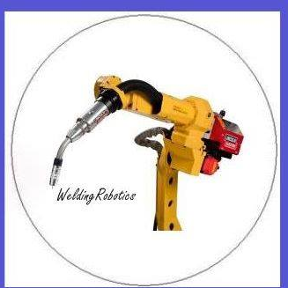Welcome to the Onshape forum! Ask questions and join in the discussions about everything Onshape.
First time visiting? Here are some places to start:- Looking for a certain topic? Check out the categories filter or use Search (upper right).
- Need support? Ask a question to our Community Support category.
- Please submit support tickets for bugs but you can request improvements in the Product Feedback category.
- Be respectful, on topic and if you see a problem, Flag it.
If you would like to contact our Community Manager personally, feel free to send a private message or an email.
How do I reverse the direction of a Slider Mate?
 john_smith077
Member Posts: 175 ✭✭✭
john_smith077
Member Posts: 175 ✭✭✭
Hello
How do I reverse the direction of a Slider Mate?
i.e. When I create a slider mate, when I tick Limits and enter a value for Z maximum, my part can now slide down the z axis. However it is sliding the wrong direction down the z axis and my two parts are now crashing into each other instead of sliding apart. Negative values for the maximum are not accepted.
J
How do I reverse the direction of a Slider Mate?
i.e. When I create a slider mate, when I tick Limits and enter a value for Z maximum, my part can now slide down the z axis. However it is sliding the wrong direction down the z axis and my two parts are now crashing into each other instead of sliding apart. Negative values for the maximum are not accepted.
J
Tagged:
1
Best Answer
-
 peter_hall
Member Posts: 196 ✭✭✭
@viru Spot on, by using negative and/or positive numbers you can reverse the slide direction. You can also offset unless one of your values is 0. All you must remember is the maximum value always has to be bigger than the minimum value. My only confusion is which way is + and which way is - , I normaly have to trial it using the play button.
peter_hall
Member Posts: 196 ✭✭✭
@viru Spot on, by using negative and/or positive numbers you can reverse the slide direction. You can also offset unless one of your values is 0. All you must remember is the maximum value always has to be bigger than the minimum value. My only confusion is which way is + and which way is - , I normaly have to trial it using the play button.
5
Answers
edit** not 1 of the mate connectors but both. Sorry for any confusion.
Twitter: @onshapetricks & @babart1977
2. The Z blue axis on each part's surface always seem to point away from the solid that they are one....
EDIT: This is driving me *nuts*. Whatever the answer is it's not obvious!
Twitter: @onshapetricks & @babart1977
It will accept negative value also in maximum limit. For example: sliding range of any part in between -100 inch and -20 inch. then you have to put minimum limit as -100 inch and maximum limit as -20 inch. It will accept. I hope this will be helpful to you.
Twitter: @onshapetricks & @babart1977
Yes that works. I ended up doing a combination of both solutions. I do think that it is counter-intuitive how this works. Surely there really ought to be a way of changing the primary directly of the slide other than:
a) flipping BOTH parts
b) using negative numbers
I'll put something into the suggestions thread.
Anyhow many thanks!
PS How do you create those animated GIFs? (I've seen them used in other CAD forums...)
When I am setting mate limits it seems like I use trial and error for about 10 minutes and then abandon the damn mate limit.
The problem with 0 is that there is no indication which way is positive and which way is negative.
John, I'm not sure how much more intuitive you want it to be. It didn't take me long to figure out mate connectors and direction, and I'm a beginner.
I like to keep things simple, easy to memorize.. if you compare this to financial software, it is much better to simply put minus to expenses than put all values positive and tag them with credit/debet and create calculation rules that convert things - sometimes less automation is more productivity.
If the functionality that required is to reverse the direction, and if we are genuinely talking about tying to make this application intuitive to new users, why not have a button that says "Reverse direction" ?
Forcing the user to guess both:
a) that you need to put a negative number
b) that the negative number is not allowed to put put into the Maximum field (because you will get a different error if you try that)...
Yes, it's fine once you know it. Yes, it's fine if you happen to stumble across it. And now that we cognoscenti know how it works, we probably don't care to have it changed...
However on no planet is this genuinely "intuitive" - and certainly not as intuitive as it could be!